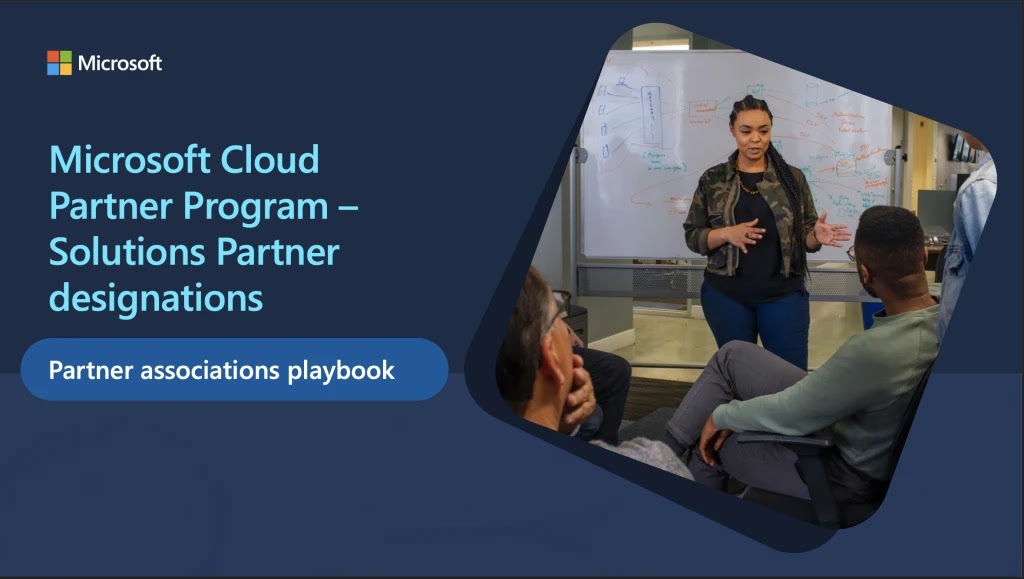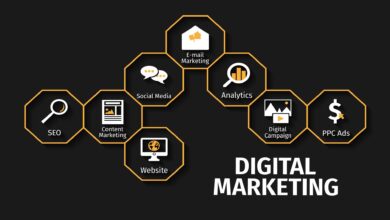Microsoft Partner Program: A 2023 Review – Opportunities, Challenges, and Future Considerations
For many businesses, partnering with tech giants like Microsoft can be a game-changer, unlocking access to world-class technology, a vast customer base, and valuable resources. However, navigating the complexities of these partnerships can be daunting. Let’s delve into the Microsoft Partner Program, scrutinizing its offerings, evaluating its effectiveness, and exploring potential pitfalls to help you decide if it’s the right path for your business.
Understanding the Ecosystem:
The Microsoft Partner Program encompasses a range of offerings catering to diverse needs. From the entry-level “Solution Partner” tier to the prestigious “Gold Cloud Competency” level, each tier equips partners with tools, training, and support to build, market, and sell solutions leveraging Microsoft technologies.
Benefits in Focus:
- Technology Access: Partners gain early access to new Microsoft products and services, allowing them to innovate and bring solutions to market faster.
- Training and Skilling: Microsoft provides extensive training, certifications, and resources to upskill employees and enhance their expertise in Microsoft technologies.
- Marketing and Support: Partners receive marketing tools, resources, and co-branding opportunities to reach a wider audience and build brand recognition.
- Market Reach: The Microsoft ecosystem boasts millions of customers, offering partners unparalleled access to potential leads and market penetration.
- Discounts and Incentives: Partners often receive discounts on Microsoft licenses, tools, and services, leading to cost savings and better margins.
Challenges and Caveats:
While the benefits are enticing, challenges lurk beneath the surface:
- Competition: The program is intensely competitive, with countless partners vying for the same opportunities. Standing out from the crowd requires significant effort and differentiation.
- Investment Costs: Joining and maintaining higher tiers involves annual fees, training costs, and resource allocation, presenting an investment hurdle for smaller businesses.
- Compliance Requirements: The program imposes strict compliance standards on partners regarding technology certifications, sales practices, and customer support, demanding ongoing commitment and attention.
- Limited Control: Microsoft sets the program’s parameters, and partners have limited control over certain aspects like pricing and marketing strategies.
Future Implications:
As the tech landscape evolves, the Microsoft Partner Program must adapt to remain relevant. Key trends to consider include:
- Rise of Cloud-Native Solutions: With cloud adoption accelerating, the program should prioritize support for cloud-based solutions and empower partners to build and scale effectively in the cloud.
- Focus on Industry Specialization: Partners need deeper industry-specific expertise to cater to diverse customer needs. The program could provide resources and incentives for specialization in specific industry verticals.
- Evolving Security Landscape: Cybersecurity concerns are paramount. The program should equip partners with tools and training to build secure solutions and address customers’ evolving security needs.
- Partner Collaboration and Ecosystem: Fostering collaboration and knowledge sharing among partners can create a stronger ecosystem and unlock new possibilities for value creation.
Microsoft Partner Affiliate Commission Rate:
Unfortunately, the commission rate for publishers in the Microsoft Partner Program Review depends on several factors, making it impossible to provide a single, definitive answer. To give you the most accurate information, I need to understand what type of “Microsoft Partner Program” you’re referring to. There are several programs within the umbrella of the Microsoft Partner Network, each with its own unique offerings and compensation structures. Here’s a breakdown of the most common ones:
1. Microsoft Cloud Solution Provider (CSP):
Commission rate: Not applicable. CSP partners don’t earn commissions, instead, they purchase Microsoft Azure, Office 365, and other cloud services at wholesale prices and resell them to customers at a markup. Profit comes from the margin between the wholesale and retail price.
2. Microsoft Affiliate Program:
Commission rate: Up to 7% for most products, although some categories like TV shows and movies have flat-rate commissions like $10 per lead. Payment depends on specific products and services promoted.
3. Independent Software Vendor (ISV) Marketplace:
Commission rate: Varies depending on the ISV solution and partner type. Some are based on a percentage of revenue generated through the marketplace, while others have fixed licensing fees. You can find specific details within the individual ISV solution listing.
4. Licensing agreements:
Commission rate: In some cases, partners may negotiate specific commission rates or profit-sharing agreements directly with Microsoft for large deals or customized solutions. These are not part of any standard program and depend on individual partnerships.
blogEarns Opinion: Is it Right for You?
The Microsoft Partner Program offers a wealth of opportunities for businesses with the right mindset, resources, and commitment. However, it’s not a magic bullet. Carefully weigh the benefits against the challenges and consider your business goals, resources, and competitive landscape before diving in.
Key Takeaways:
- The Microsoft Partner Program can be a valuable asset for businesses, offering access to technology, training, and market reach.
- However, it’s crucial to understand the program’s complexities, competition, and compliance requirements before joining.
- The program must adapt to evolving trends like cloud adoption, industry specialization, and cybersecurity to remain relevant.
- Ultimately, the decision to join the Microsoft Partner Program hinges on your business’s specific needs, capabilities, and long-term vision.
- By conducting a thorough evaluation and approaching the program with a strategic mindset, businesses can leverage its strengths to achieve their goals and excel within the vibrant Microsoft ecosystem.
Source links:
| • Microsoft Partner Network website: https://partner.microsoft.com/ |
| • Microsoft Cloud Solution Provider program: https://learn.microsoft.com/en-us/partner-center/microsoft-partner-agreement |
| • Microsoft Affiliate Program: https://www.microsoft.com/en-us/microsoft-365/business/microsoft-365-affiliate-program |
| • ISV Marketplace pricing and terms: https://learn.microsoft.com/en-us/marketplace/appsource-overview |





